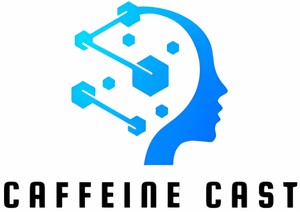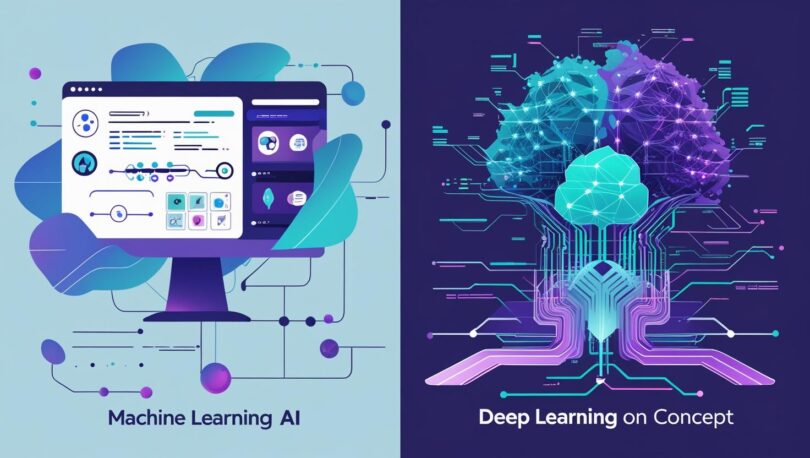Artificial intelligence powers everything from smart assistants to self-driving cars. When building an AI system, many teams face an important question. Should you use machine learning or deep learning?
These terms may sound similar, but they work in different ways. Choosing the right one for your project can save time, money, and resources.
What Machine Learning Does Best
Machine learning is the process of teaching computers to learn from data without a fixed set of instructions. You provide examples, the system finds patterns, and it improves as it processes more information.
It works well for
- Projects with smaller datasets
- Predictive analytics such as sales forecasts or trend analysis
- Recommendation systems for online stores
- Spam and fraud detection
Machine learning models often need human input to select the most important features. They are generally faster to set up and require less computing power compared to deep learning.
What Deep Learning Does Best
Deep learning is a specialized type of machine learning that uses multiple layers of artificial neural networks. These layers can process massive amounts of data and automatically learn features without human guidance.
It works well for
- Image and video recognition
- Speech-to-text applications and voice assistants
- Autonomous vehicles
- Advanced medical imaging
Deep learning can produce more accurate results on complex problems, but it requires more data, higher computing power, and longer training times.
Key Factors to Help You Decide
When choosing between deep learning and machine learning, consider the following points.
Amount of Data
- Small to moderate dataset → Machine learning
- Large and unstructured dataset → Deep learning
Complexity of the Task
- Simple or straightforward predictions → Machine learning
- Highly complex recognition tasks → Deep learning
Resources Available
- Limited budget and hardware → Machine learning
- Access to high-performance GPUs and cloud computing → Deep learning
Time to Market
- Need quick results → Machine learning
- Can invest time for long-term accuracy → Deep learning
When to Use Both
Some projects can benefit from using both. For example, you might apply machine learning to filter and organize data, then use deep learning for detailed analysis. This hybrid method balances speed, accuracy, and cost.
The decision between deep learning and machine learning is not about which is better overall. It is about which is better for your specific goals, data, and resources.
If you have vast amounts of complex data and powerful hardware, deep learning may deliver the best results. If you want speed, simplicity, and lower costs, machine learning may be the smarter choice.
In 2025, the most effective teams are those that match the right tool to the right job. Sometimes, that means using both.







